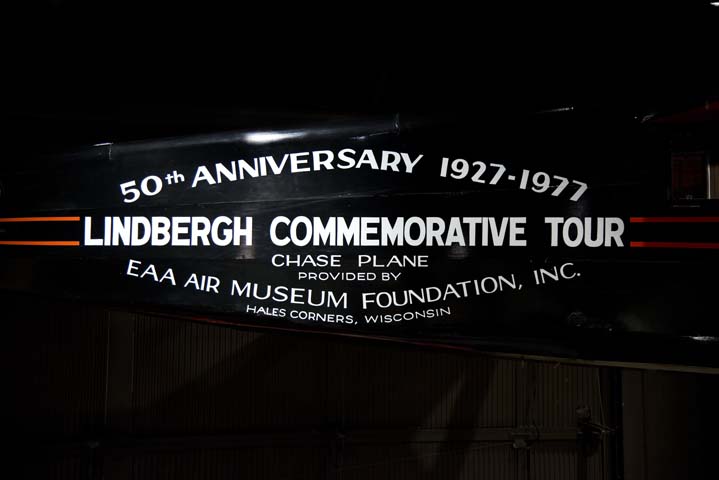1932 Stinson SM-8A 'Junior' - N408Y
Location: Antiques & Classics
The first of the Stinson “Junior” line, the SM-2, rolled off the Northville, Michigan, factory floor in 1928. The airplane fuselage was welded chrome-moly steel tubing construction attached to a wooden wing structure with an overall fabric cover. Although designed to be used extensively for private use, with successive power increases, the aircraft became too big and heavy for the light plane class. They were put into service as air taxis and flight demonstrators. One of the early SM-2 models participated in the 1928 National Air Tour. Piloted by Randolph Page, the plane placed third in the tour. Later models of the Junior series would see many engine and dimensional changes.
The SM-8A, A.T. C. #295, equipped with a Lycoming R-680 9-cyclinder radial engine was introduced in April of 1930. The price was an unbelievable $5775 for a $10,000 airplane. The low price tag paid off and by the end of 1930 there were more SM-8As sold then all other cabin airplanes put together. The airplane could cruise comfortably at 105 mph with a ceiling of 14,000 feet and a range of about 500 miles.
The EAA Stinson “Junior” was owned by Andrew Ross who undertook a five-year restoration project that produced a beautiful aircraft with a scene of the Oregon Trail painted on the fuselage sides. After a thirteen-year ownership, Mr. Ross donated the aircraft to the EAA Museum then located in Burlington, Wisconsin. He and his son Danny flew the plane from Beacon, New York, to Wisconsin.
In 1977, the plane was repainted in a black and orange scheme and became known as the “Chase Plane” for the 1977 USA 50th Anniversary Lindbergh Tour. 1978 saw the Stinson participate in a Canadian tour visiting 25 cities and again in 1979 adding another 25 for a total of 50 cities. Flown for many hours, about 850, by retired American Airlines pilot Capt. Jim Barton, the aircraft followed the EAA replica Spirit of St. Louis around the country. Jim had a special love for the “old girl” and his enthusiasm for the aircraft rubbed off on all those connected with its operation and maintenance.
In 1992, the well-known Stinson was retired and placed in the EAA AirVenture Museum. It hangs from the ceiling in close proximity to its old friend the replica Spirit of St. Louis.
Aircraft researched by EAA volunteer Brett Holt
|
Year Manufactured |
1932 |
|
Engine |
Lycoming R-680 |
|
Horsepower |
215 hp |
|
Wing Span |
41 ft. 6 in. |
|
Wing Area |
234 sq. ft. |
|
Airfoil |
Clark Y |
|
Length |
28 ft. 11 in. |
|
Height |
8 ft. 9 in. |
|
Empty Weight |
2,061 lbs. |
|
Gross Weight |
3,195 lbs. |
|
Useful Load |
1,134 lbs. |
|
Cruising Speed |
105 mph |
|
Maximum Speed |
125 mph |
|
Ceiling |
14,000 ft. |
|
Cruising Range |
500 mi. |
|
Price |
$5,775 at factory in April 1930 |


